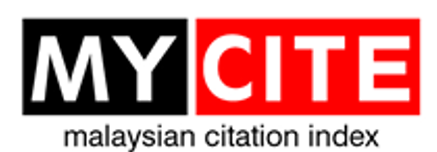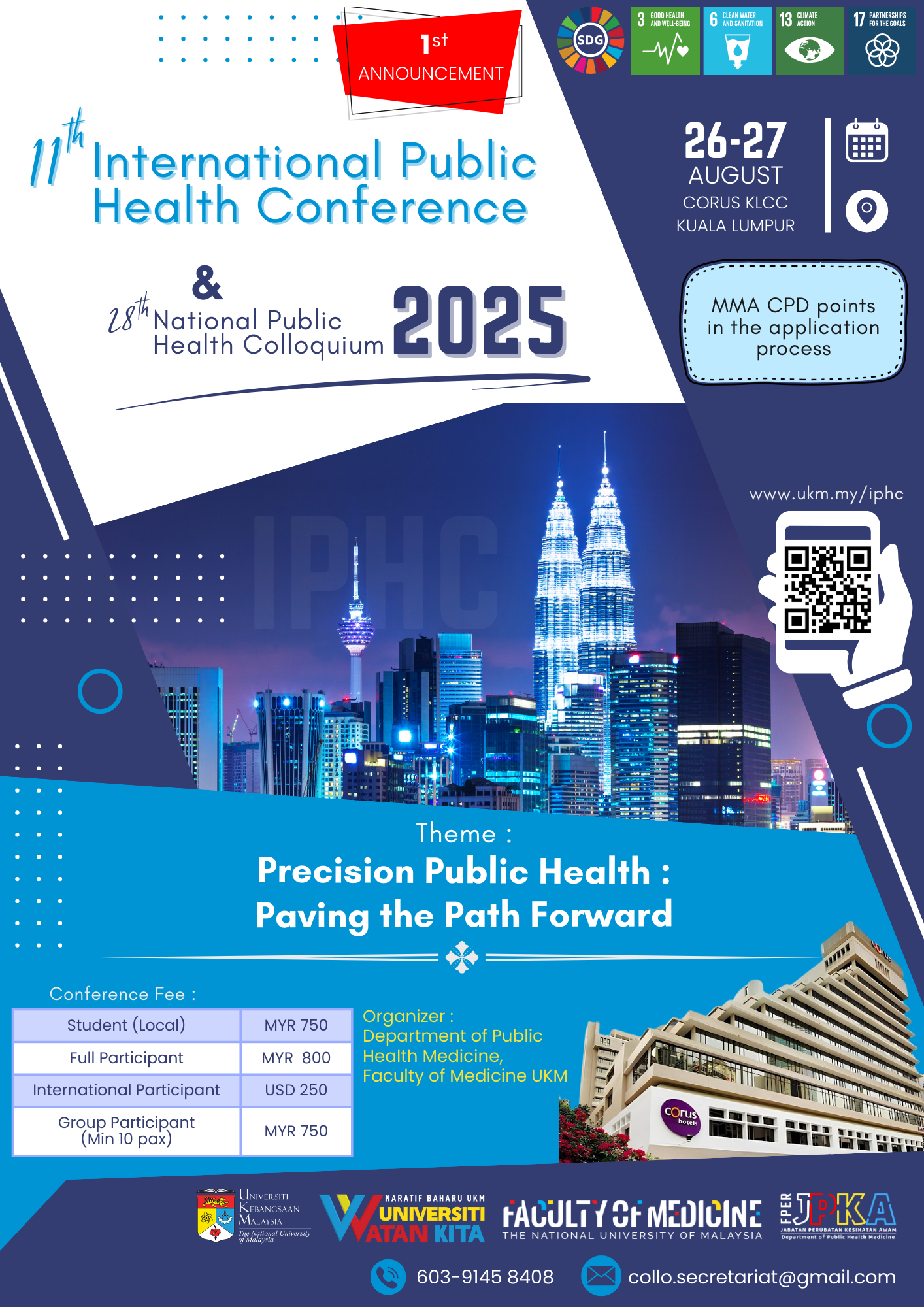Should we bother doing dengue vector surveillance, and if so, how should we do it?
Abstract
There is an enduring disconnect between the routine surveillance of mosquitoes that transmit dengue viruses and control activities to limit disease spread. A great variety of methods used to collect vector surveillance data exists globally, with program design typically influenced by historical, socio-cultural and cost factors. Surveillance data can be expensive to collect, meaning that without demonstration of its usefulness in directing mosquito control it may be deprioritized or even abandoned. Given that universally prescribed surveillance methods are unlikely to be sustainable and successful, we propose that strategies be designed according to the local terroir of dengue transmission. Strategy design should consider not only costs, but the amenability of workers and the public to various methods, the utility of methods for directing control and reducing disease, and the underlying spatial structure of the vector populations locally. A process of evaluating each of these factors should precede strategy design and be part of on-going review processes. In the case that the usefulness of vector surveillance cannot be demonstrated, then it may be argued that resources could be allocated to other aspects of disease control.
Downloads
Published
How to Cite
Issue
Section
License
IJPHR applies the Creative Commons Attribution (CC BY) license to articles and other works we publish. If you submit your paper for publication by IJPHR, you agree to have the CC BY license applied to your work. Under this Open Access license, you as the author agree that anyone can reuse your article in whole or part for any purpose, for free, even for commercial purposes. Anyone may copy, distribute, or reuse the content as long as the author and original source are properly cited. This facilitates freedom in re-use and also ensures that IJPHR content can be mined without barriers for the needs of research.






